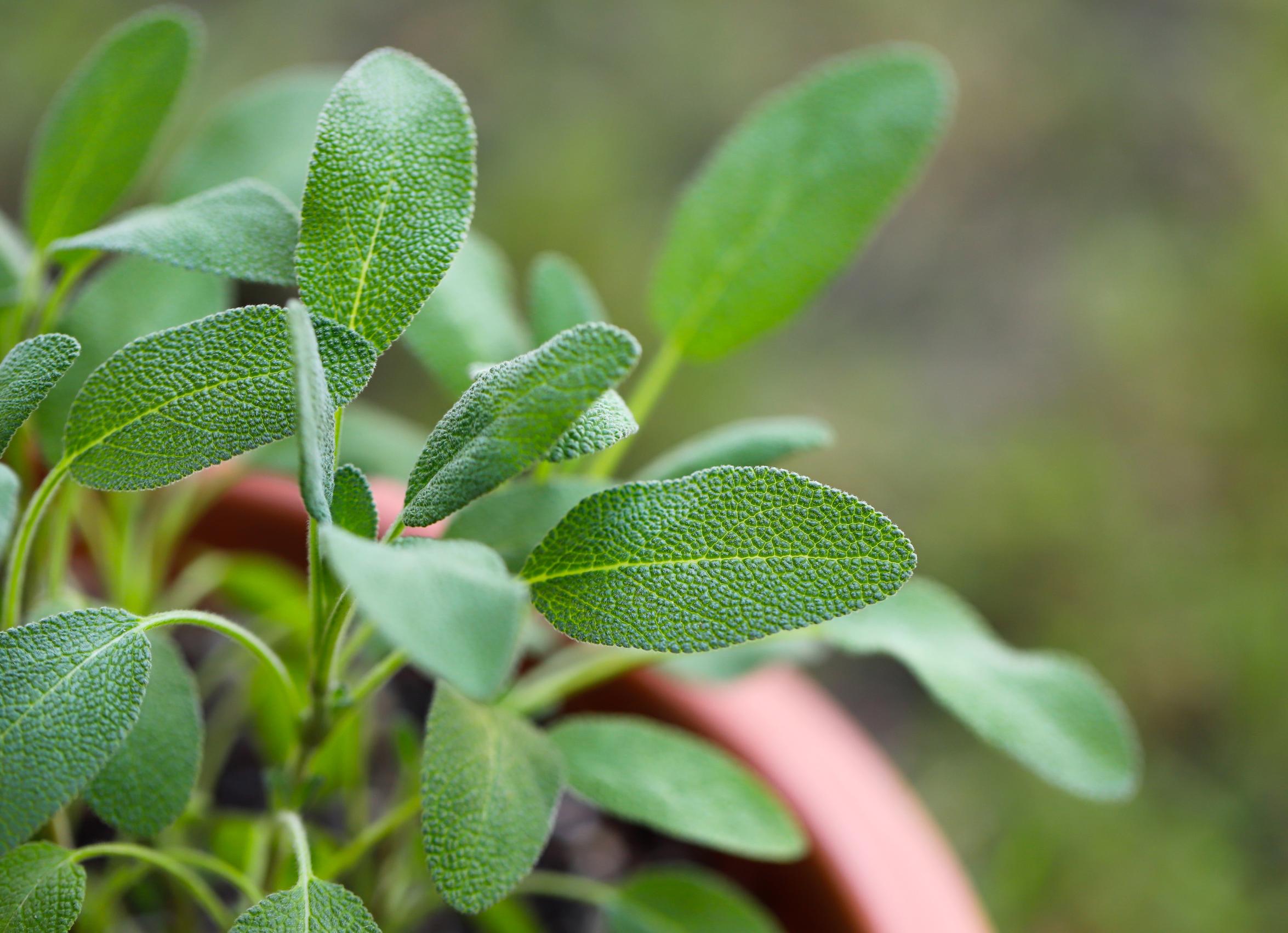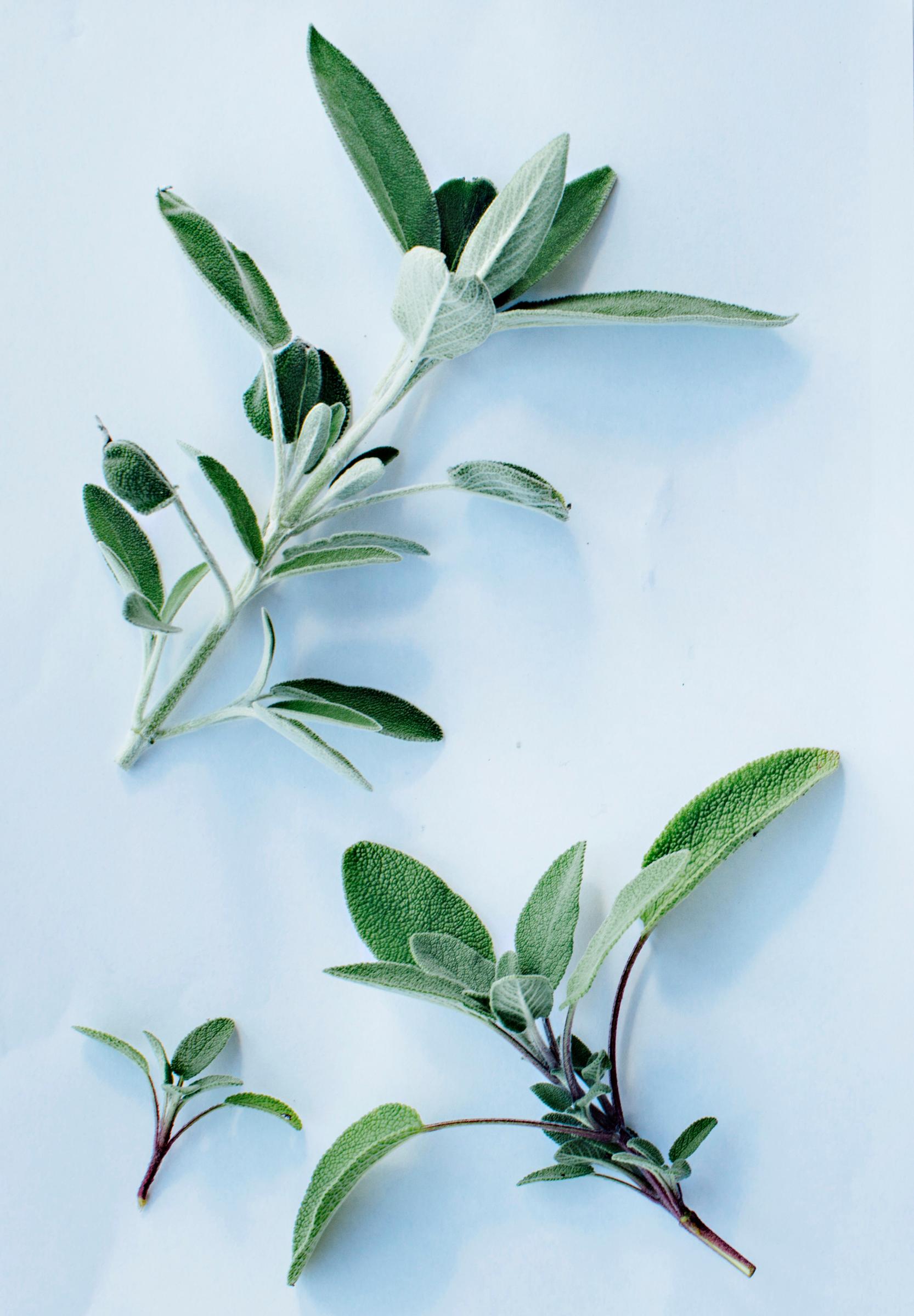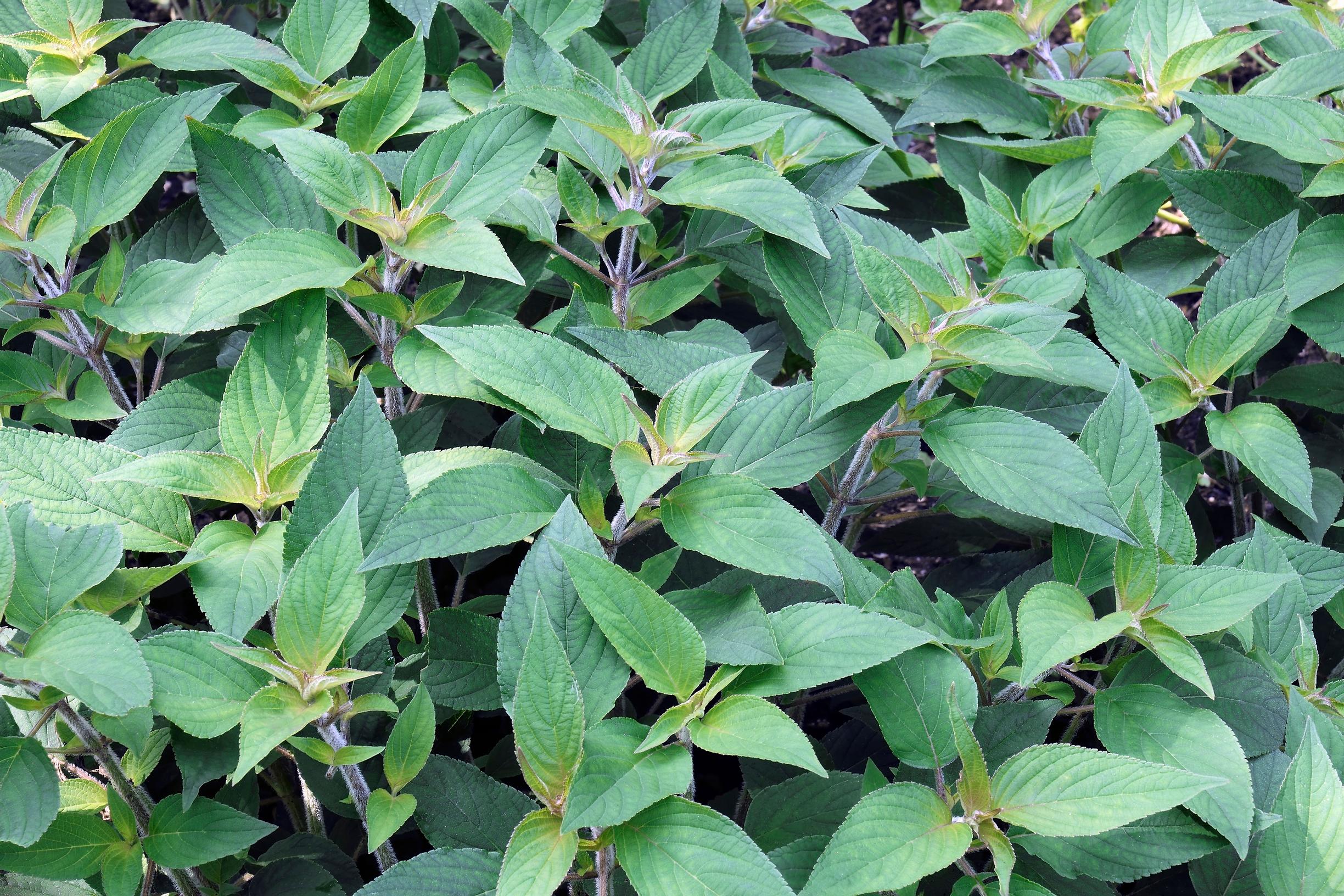
Sage: an ancient herb for cooking and healing – see how to grow it
You can easily grow sage from seeds or transplants. This herb adds flavor to dishes, helps treat many ailments, and brightens your garden with its lovely leaves and flowers.
Culinary sage, salvia officinalis
- Evergreen, perennial.
- A strongly flavored culinary and medicinal herb.
- Ornamental leaves.
- Also thrives in a pot.
- Prefers a warm, sunny location.
- Thrives in dry, light, lime-rich, well-draining soil.
- Overwinters poorly in Finland; it is often grown as an annual.

How to grow sage:
Location
For perennial cultivation, opt for sandy, well-draining, fairly deep, limed soil (pH 6–6.5). A sunny, warm spot is ideal. Partial shade suits annual sage.
Propagation
Sage can be grown from seeds, layering, or cuttings. Most varieties can only be propagated vegetatively, meaning by cuttings or layering. Start seedlings in early May. Sow three seeds per 6 cm pot. Salvia is relatively slow to germinate, taking about six to eight weeks to grow.
Pre-cultivation
Recommended. Direct sowing only yields a good harvest in especially favorable summers. Plant seedlings outdoors once the risk of frost has passed. Space them about 20 cm apart.
Pinching
Pinch off the top shoots when the seedling has a few pairs of leaves.
Row cover
It's useful for hardening off seedlings. In northern regions, a cover or seasonal greenhouse can increase yields.
Fertilization
Fertilize salvia moderately, for instance with compost or a mineral fertilizer intended for edible plants.
Winter protection
Using conifer branches or other insulation is recommended in snowless freezing conditions. Young plants overwinter best, so it’s worth rooting extra cuttings in spring and summer. It can also be worthwhile to try overwintering in a cool indoor space.
Pests
Aphids and powdery mildew may appear. Wet growing media can cause root problems.
Harvest
Regular pruning encourages bushier growth. A heavy or late harvest can weaken overwintering plants.
Usage
This antiseptic medicinal herb should be used sparingly and in moderation.

Sage varieties
The salvia genus includes about 900 species found in many parts of the world. They include annual and perennial herbs, as well as shrubs and subshrubs.
- For cooking, the best species is culinary sage, salvia officinalis. It’s evergreen and perennial. The 'Iceterina' variety of culinary sage has small, green-and-yellow variegated leaves with a strong fragrance. It’s a good, mild-tasting herb.
- The variegated cultivar 'Tricolor' of culinary sage also has a mild flavor. The red-leaved 'Purpurascens' variety is another culinary sage.
- Pineapple salvia (salvia elegans) smells like pineapple. In a sunny spot, it can grow to around a meter tall and wide. Its leaves and red flowers can be used as seasoning.
- Clary sage (salvia sclarea) is a biennial. Its soothing essential oil is used in aromatherapy.


